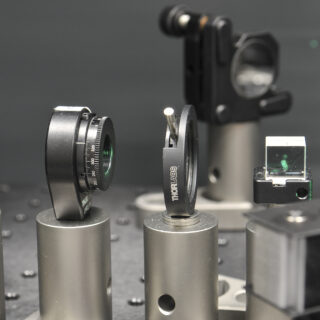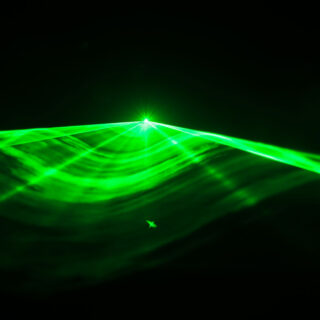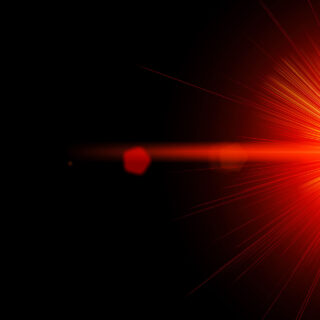Metrology is the science of measurement. It defines the units of measurement, realises them, maintains their integrity, disseminates them and regularly leads to improvements in the international system of units. National metrology bodies serve as reference points for the calibration of measuring instruments used in each country.
A good unit of measurement is one that is:
- Universal: understandable and used by as many people as possible – “to all people”.
- Stable over time: the reference point does not change over time (1 kg remains 1 kg) – “over time”.
- Practical to implement: many metrology centers around the world (or elsewhere in the universe) can implement the same system to calibrate the instruments used in their country.
Metrology at the heart of technical progress and trade
Modern metrology was born at the end of the 18th century at the time of the French revolution, with the dissemination of a standard unit of length: the standard meter.
Other units of measurement (of time, mass, temperature, electric current, etc.) have since been defined and improved.
Metrology is at the heart of technological progress and trade:
- Improvements in measuring instruments are universally quantified by comparison with existing instruments. Proof of improved performance leads to technological revolutions impacting humanity and the planet.
- Trade is based on comparisons of value, which require the clear quantification of an object’s value.
- Ensuring criteria 1 and 2 of a good unit of measurement has led metrologists to define units on the basis of the most basic physical phenomena, i.e., the most fundamental.
Let’s look at an example…
The definition of the meter based on a metal bar is subject to variation, as the metal can expand with temperature, giving a slightly different value in Togo (where it is hot) and Sweden (where it is cold). In contrast, the atoms making up the metal bar are not subject to such variations. Establishing a definition of the metre based on the ‘size’ of an atom is therefore much better in terms of criteria 1 and 2. Fulfilling criterion 3 of simplicity takes time, as it requires many laboratories around the world to actually realise the unit in the same way and agree on a common method.
Thus, the unit of time (the second) is no longer realized with a pendulum, but from the observation of very regular and universal oscillations in a Cesium atom.
The new definition of the “atomic” second, implemented in 1967, now makes it possible to guarantee the time unit with an accuracy of 16 decimal places!
Many modern applications in daily use would not exist without this technological progress, first and foremost satellite positioning systems who require very stable clocks.
The atomic second is the first example of quantum metrology. Indeed, this definition takes advantage of the fundamental laws of quantum mechanics (established at the beginning of the 20th century) to measure the oscillation phenomenon at the base of the clock.
Quantum metrology is thus defined as: using the laws of quantum mechanics to establish standards of measurement units.























